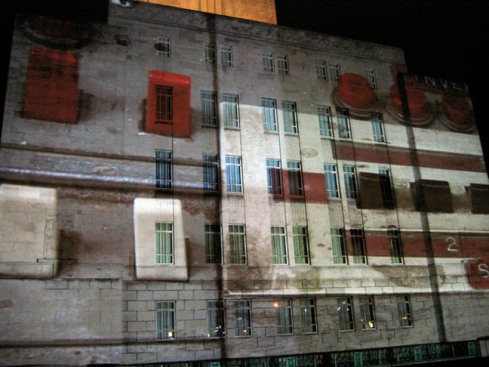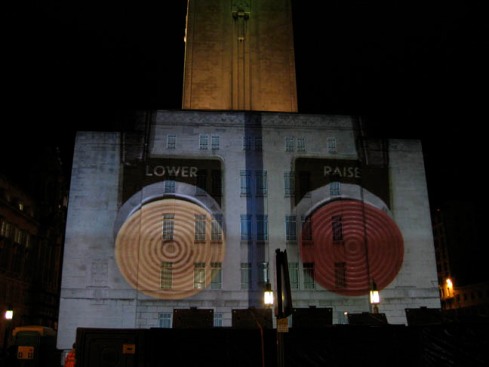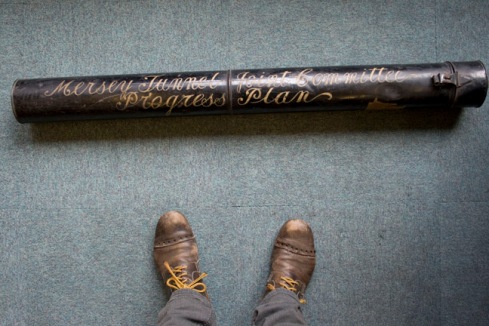As this project has been evolving over the past weeks so has the nature of the name. SCAN refers to “ray”, as in light of cinema and the moving image, speed, X-Ray – which we see as part of our piece in a way – the “looking” through a building, and the inside.
“Scanning” the city” , “Scanning” the building”.
Xray and cinema are closely linked in the way they are both forms of imaging that scan, examine and document our physical matter. It also refers even more to the actual site and the building.
It looks like the audio element of the installation will be done through lo-fi FM radio transmissions which makes the title even more conceptually interesting
As in the transmission of “scanning” the ether for the soundscape.
scan (skn)
v. scanned, scan·ning, scans v.tr.
1. To examine closely.
2. To look over quickly and systematically: scanning the horizon for signs of land.
3. To look over or leaf through hastily: scanned the newspaper while eating breakfast.
4. To analyze (verse) into metrical patterns.
5. Electronics
a. To move a finely focused beam of light or electrons in a systematic pattern over (a surface) in order to reproduce or sense and subsequently transmit an image.
b. To move a radar beam in a systematic pattern over (a sector of sky) in search of a target.
6. Computer Science To search (stored data) automatically for specific data.
7. Medicine To examine (a body or body part) with a CAT scanner or similar scanning apparatus.
8. To digitally encode (text, for example) with an optical scanner.
v.intr.
1. To analyze verse into metrical patterns.
2. To conform to a metrical pattern.
3. Electronics To undergo electronic scanning.
n.
1. The act or an instance of scanning.
2. Scope or field of vision.
a. Examination of a body or body part by a CAT scanner or similar scanning apparatus.
b. A picture or image produced by this means.
4. A single sweep of the beam of electrons across a television screen










